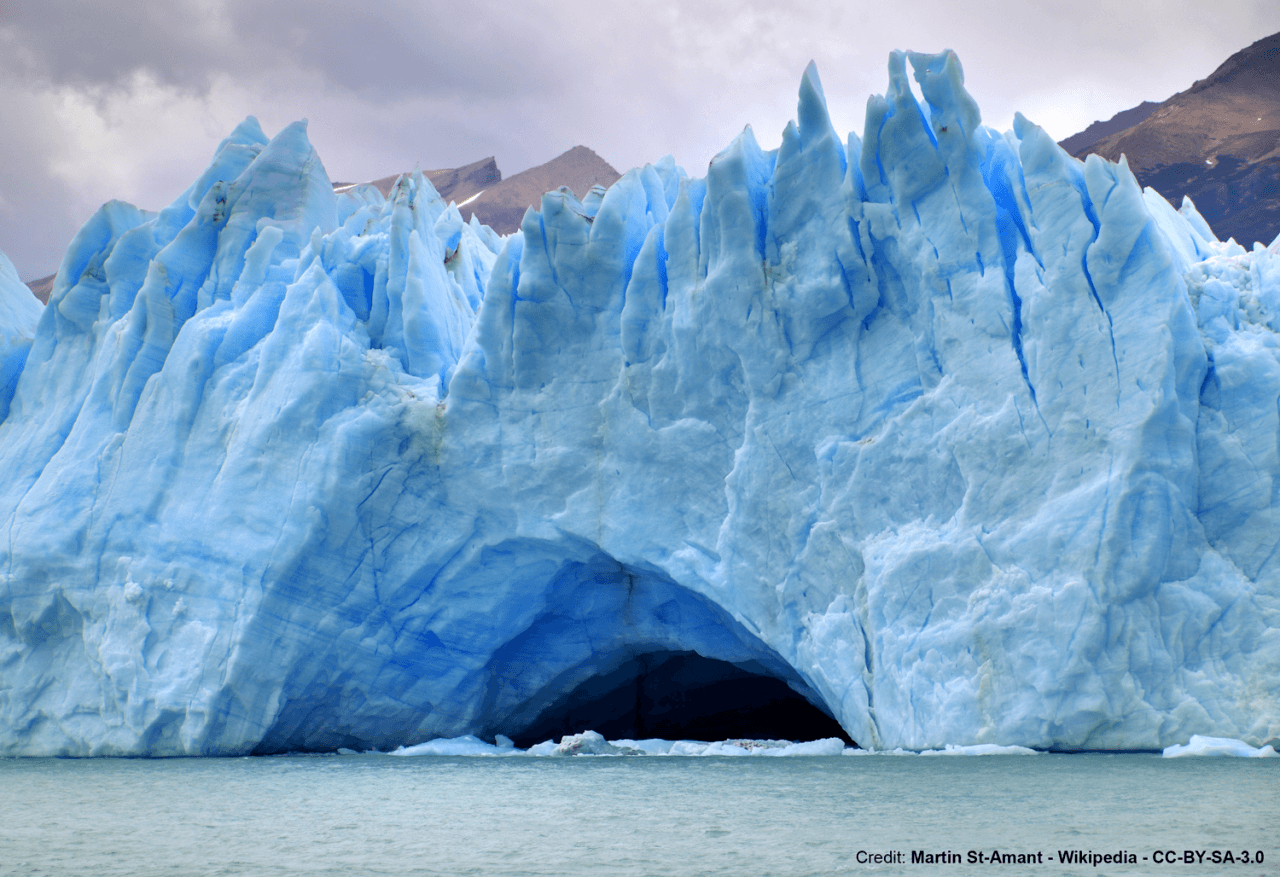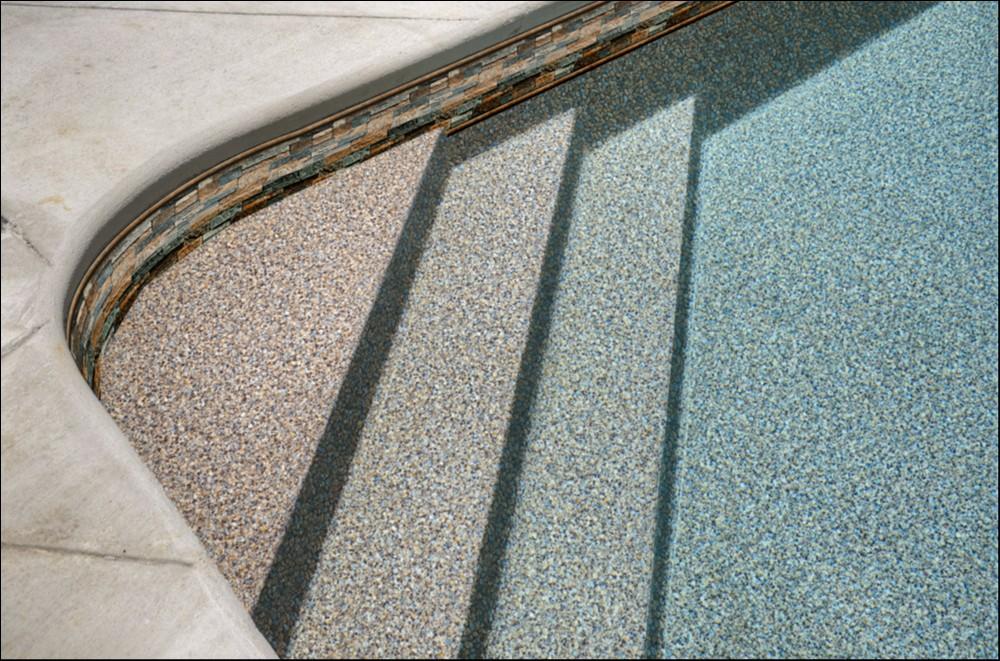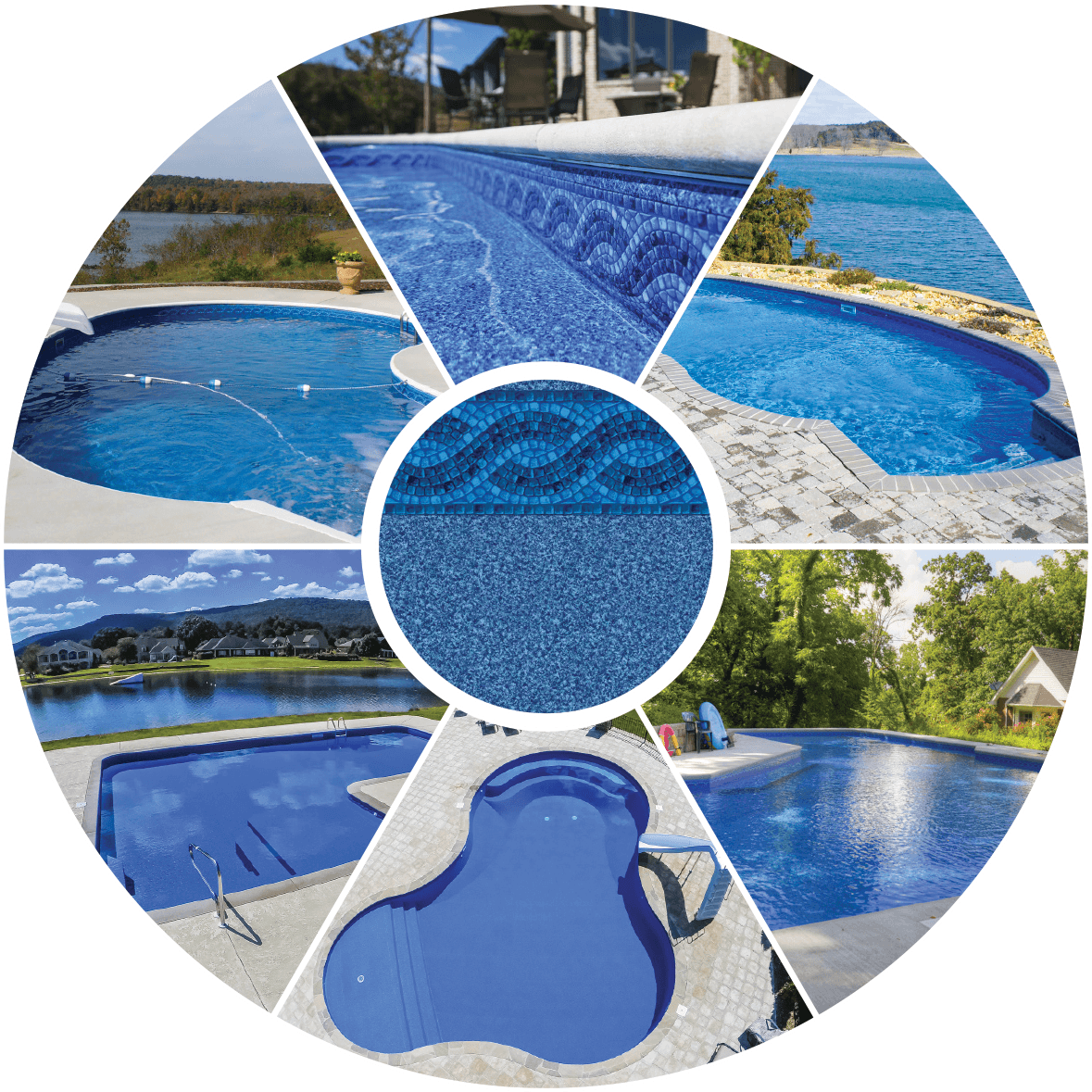The Tara Pool & Outdoor Products Blog
The Basics of Water Color
One of the most important decisions you’ll make about your new pool is the water color. The color of the water is the image that stands out the most in your backyard, so it needs to be perfect. You may think that the pool liner is what will create the look of the water. Although the liner pattern makes a big difference in the look of the water, there are several variables that also play a large role. In this article we’d like to give you some insight into these variables so you can choose a pattern that gives you the look you want.
Let’s begin by saying that every pool is going to be different. The same liner in one pool can look completely different in another pool. In fact, a pool can look different at different times of the day or under a cloudy vs a bright sky. So, picking a perfect pattern involves balancing different factors.
 The Science Behind Water Color
The Science Behind Water Color
Pure white light contains all colors in the visible spectrum. When white light hits an object, the object absorbs some colors and reflects others. It’s the reflected colors that determine what color we see. When light hits water, the water absorbs red light very well but not blue. The blue light is reflected and that’s what gives it it’s color. The thicker the water is the more blue it appears. Glacial ice is a good example of this. Since it is much more dense and lacks air bubbles in its structure, the real turquoise color of water can be revealed.
The Importance of the Pool Finish
Pure clean water will give any finish a blue tint that will increase as the pool gets deeper. When the finish is a blue, white or gray it will be a true blue. If the finish is tan, green or black those colors will tint the water so that it appears more green or aqua. When you have a pool with vinyl over stairs you can see how the deeper water will become more blue-green.
 Size and Depth Have a Large Impact
Size and Depth Have a Large Impact
There is a big difference in how a pattern will look in a large deep pool vs a small or shallow pool. The deeper the water is, the more rich the water color will be. This is shown pretty dramatically on the right. Notice as the steps descend into the water, how the color changes. If you have a shallow pool you will see more of the pattern color. In a deeper pool, you don’t notice the pattern as much and you see more of the blue of the water.
Tip: If you are concerned about seeing the bottom of the pool clearly, we suggest using a lighter pattern from our Light Blue or Aqua Collection.
The Importance of Viewing Distance
Where you are in relation to the pool is another factor that will impact the pool’s color. The closer you are the more the pattern and it’s details show through. Farther away the pattern becomes less obvious.
The Role Surroundings Play
The area around the pool plays a big role in the color of the water. The surroundings, including the house, deck, grass, trees etc., are all reflected on the pools surface. The darker the finish the more reflective it is. If there are a lot of trees or green grass around the pool these will cause the pool to look more green. The surroundings can also impact how much the pool stands out in the back yard. A dark pattern in an area that is shady or low light will blend in more. While that same dark pattern in a well lit bright surrounding will really pop.
The Influence of Lighting
The lighting is the most variable influence on the water color. Bright sunny days will make a pool vibrant and sparkling. Cloudy days will make the pool look darker and muted and the pool’s finish shows through more. The weather, amount of shade and time of day can cause the appearance of the pool to change dramatically. Some poole with high metal contents in the water will always be a little more green.
Water Chemistry's Effect
Until the water in the pool is balanced, you can’t really judge the water color. When it is first filled the water can contain all sorts of contaminants that effect it’s appearance, making it look brown. Also, when a pool has been closed up all winter the algae can turn the pool green.
Balancing Act
Choosing a water color is more of an art than a science. The environment and conditions for every pool are going to be different. You can’t rely solely on photos because a photo only captures one instance. Hopefully you can guide your customers through the different variables in their yard. That way they can choose a pattern that suits their unique environment. For more information about this and other useful topics visit our blog on www.taraliners.com. We encourage you to leave comments and suggestions.
When you subscribe to the blog, we will send you an e-mail when there are new updates on the site so you wouldn't miss them.


